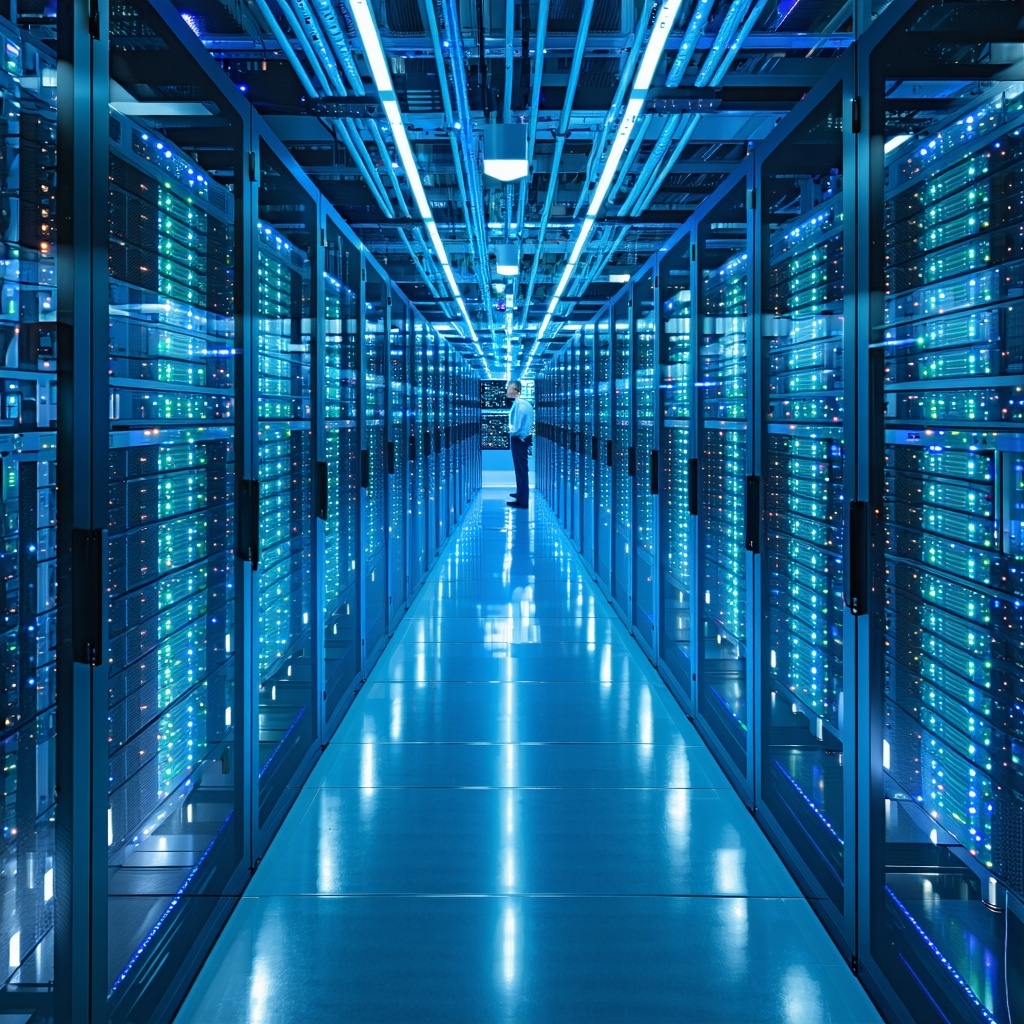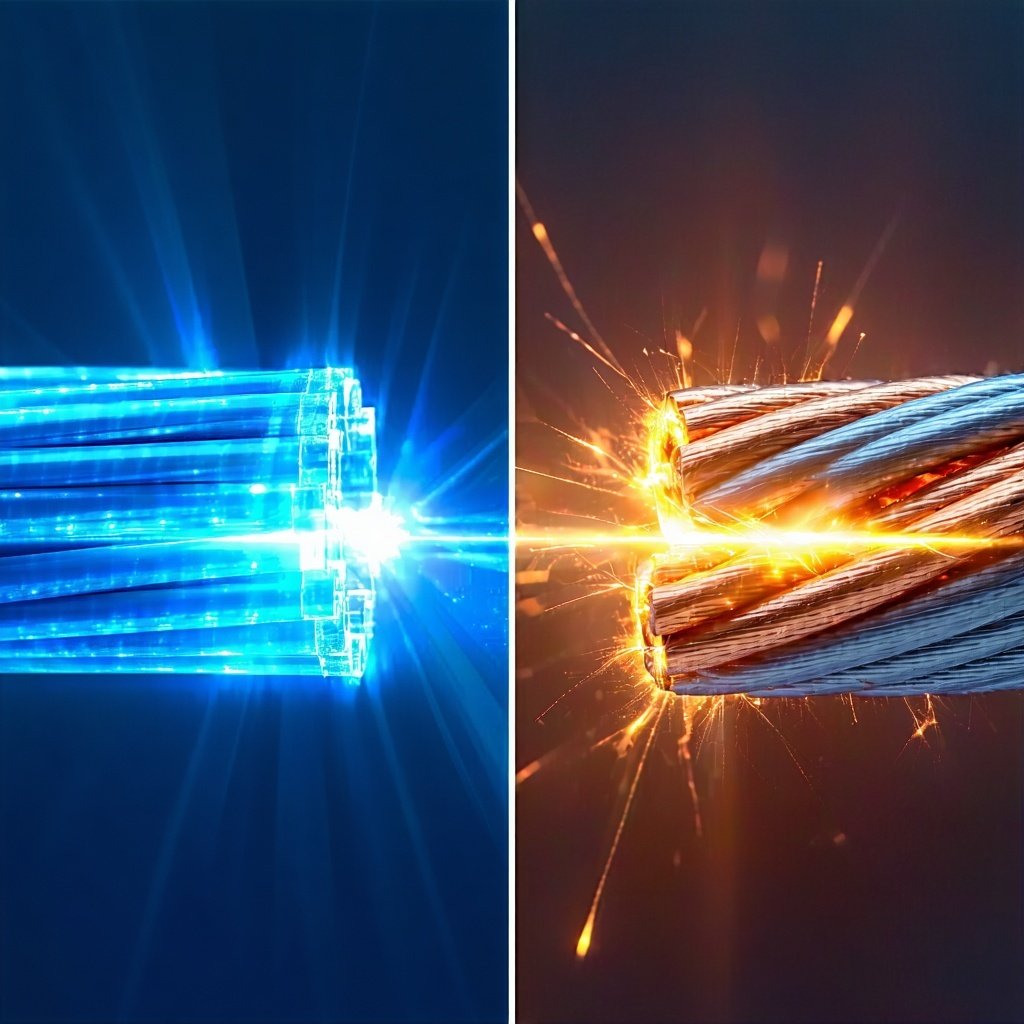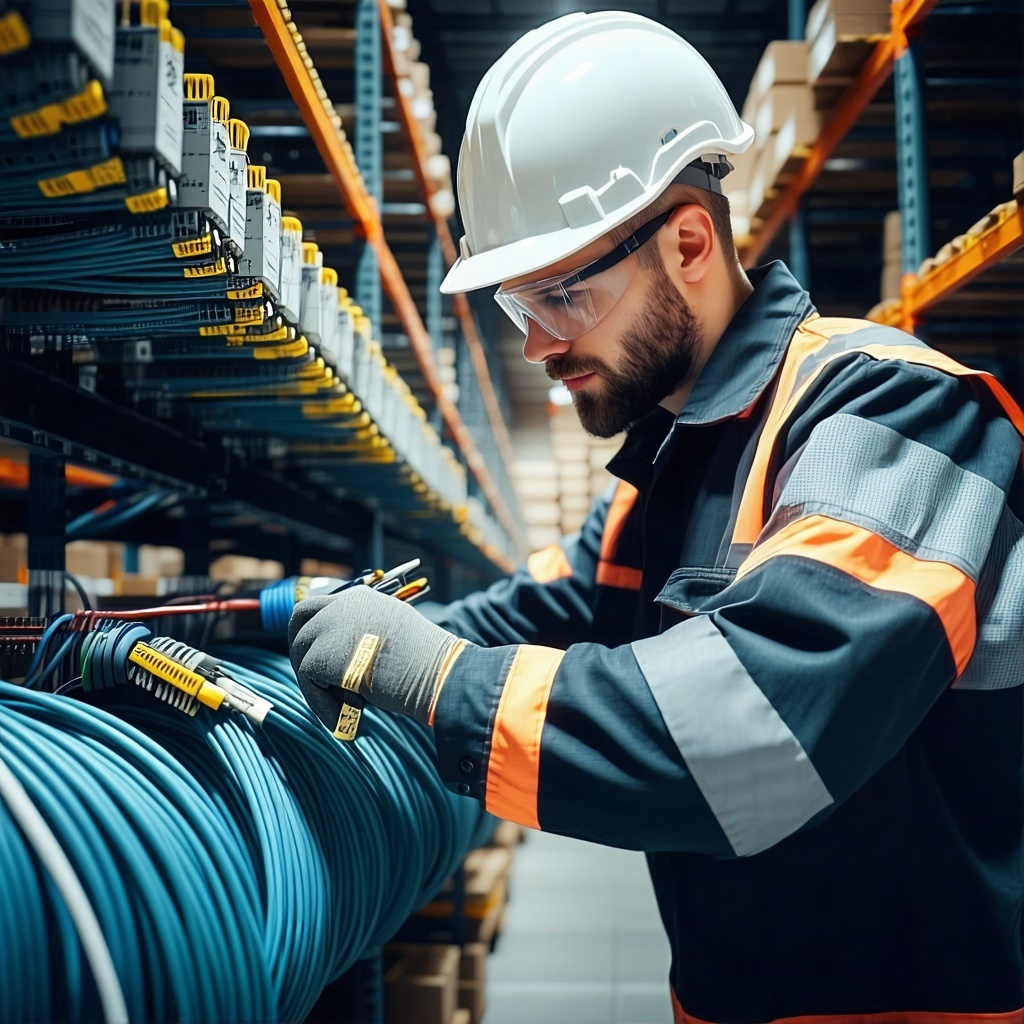Maximizing High-Speed Data Transmission and Data Center Connectivity with Active Optical Cable (AOC)
Organizations today rely on high-speed data transmission to keep up with increasing workloads, large data transfers, and real-time applications. From...

 Tony Ridzyowski
Tony Ridzyowski


